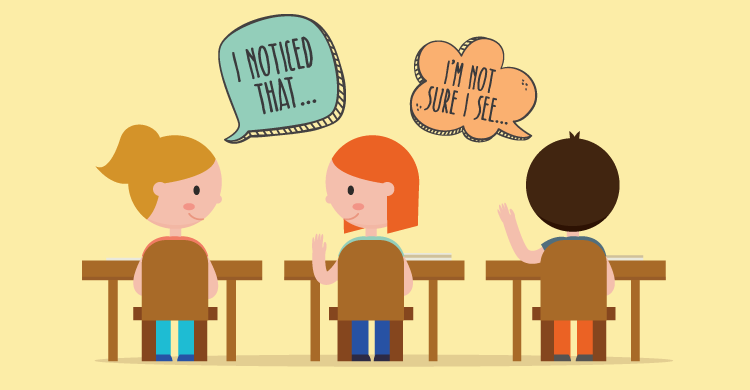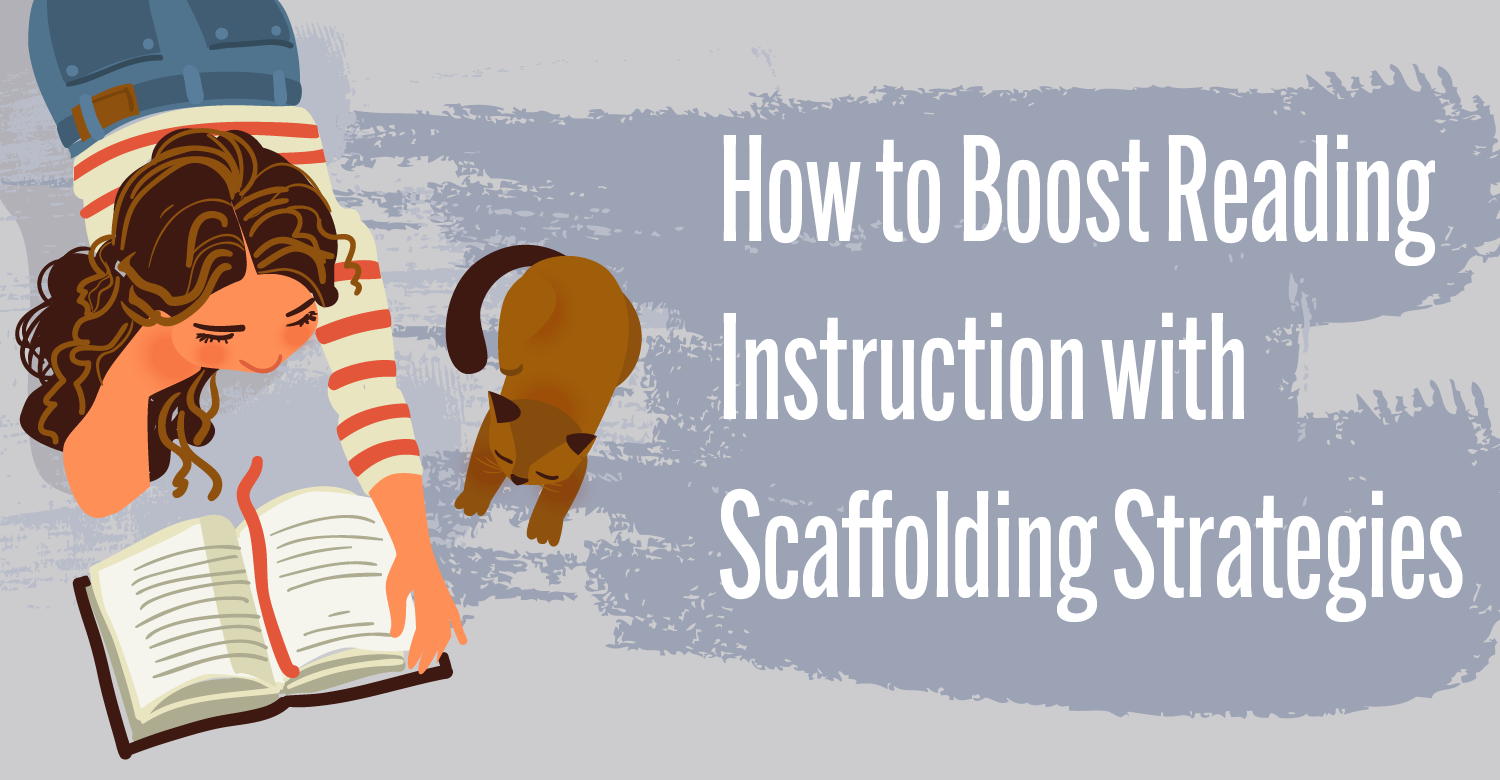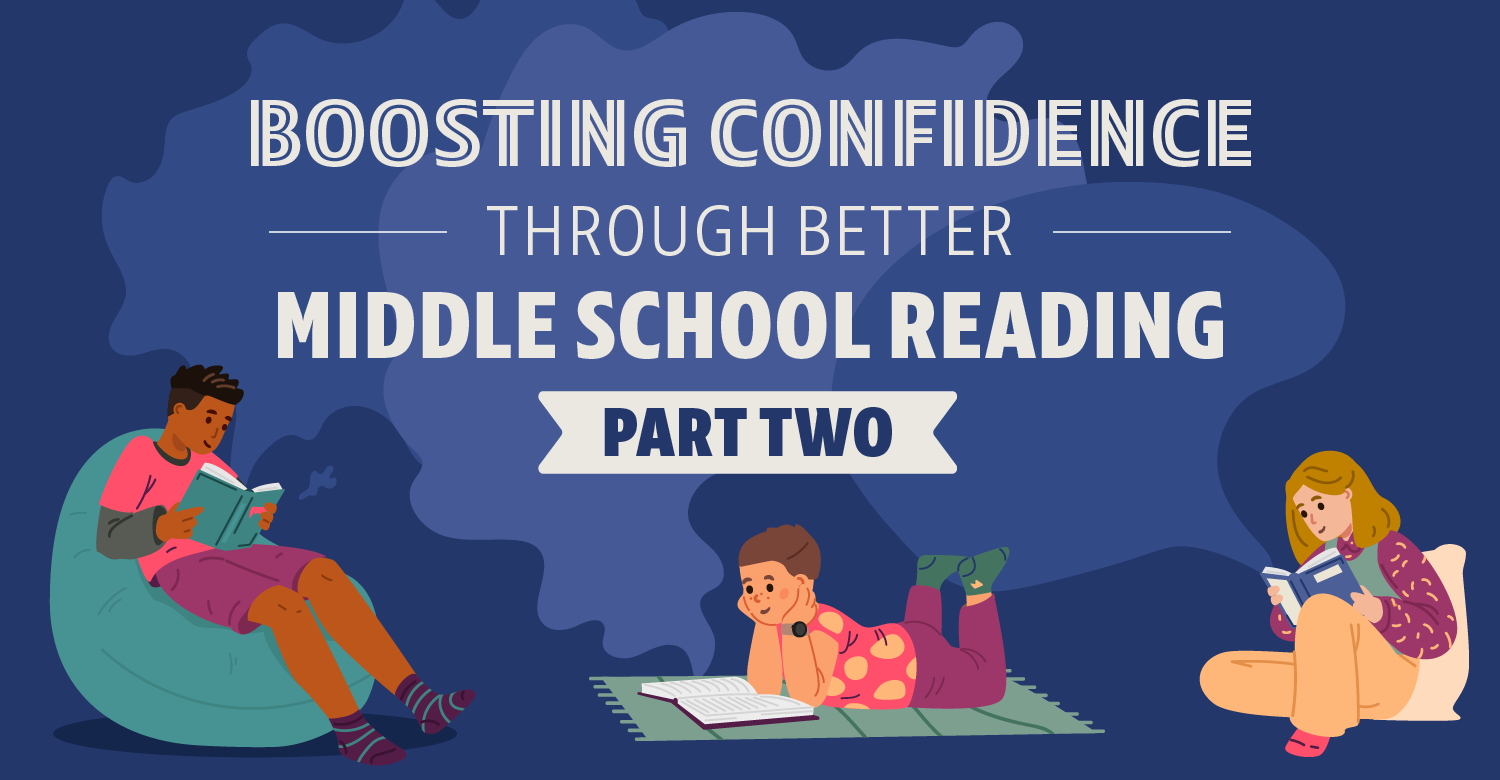Over the last several years, I’ve done a ton of experimenting in my sixth-grade classroom with peer feedback—structured opportunities for students to give and receive feedback from one another.
That’s primarily a function of efficiency. Teaching close to 120 students with a wide range of skills and abilities every single year makes it darn near impossible for me alone to provide feedback to the learners in my classroom. If the best feedback is both timely and directive—an argument that Bob Marzano made nearly a decade ago—we need to teach students to look for guidance and support from one another, rather than simply waiting to receive feedback from classroom teachers, who are perpetually buried in stacks of papers that need to be graded.
Every time I pitch peer feedback to other educators, however, I’m met with real skepticism. Teachers doubt the value of the feedback that students can provide to each other. That’s a legitimate concern, given that most students have little experience giving feedback to—and receiving feedback from—one another in traditional classrooms.
The solution, though, isn’t to avoid peer feedback. The solution is to give students lots of experience and practice with peer feedback. The more structured opportunities students have giving and receiving feedback with one another, the more skilled they will become. And the more skilled students become with peer feedback, the less teachers have to worry about whether or not the experience will be worthwhile.
Establishing Effective Peer Feedback
So how do you ensure that peer feedback experiences are productive? Start by encouraging students to give each other observations instead of evaluations.
Statements like “I really like” or “You’ve done a great job on _________” or “You need to improve your _____” are the kinds of comments students are used to giving to one another. After all, they are the kinds of comments they’ve long received from the teachers and other adult mentors in their lives.
But they are also evaluative—implying a judgment—and that’s when peer feedback can feel intimidating and awkward. Sometimes, peers shy away from giving negative feedback to one another because they are afraid of hurting feelings. Other times, peers are hesitant to receive feedback from one another because they don’t see classmates as authority figures capable of making accurate judgments. The result is mediocre feedback experiences, hurt feelings, or both.
Instead, teach your students to use statements like “I notice that _____” or “I’m not sure that I see ______ in your work.” Those phrases are simply observations. They don’t imply a judgment at all, leaving the recipient to decide what the feedback means about the overall quality of a work product.
Best of all, encouraging students to make observations instead of evaluations is easy. Getting started requires nothing more than sharing lots of examples of observational sentence starters with students. You can also compile lists of samples of comments made during peer feedback sessions and ask students to identify the statements that are observations and the statements that are evaluations.
Dylan Wiliam likes to argue that we need to turn feedback into “detective work.” His central argument is a simple one: the best feedback is gathered by—rather than given to—learners. Well-structured peer feedback experiences built on observations instead of evaluations can give both students involved—the giver and the recipient—chances to act like detectives by reflecting on how well individual work products align with success criteria.
That means time spent in peer feedback experiences is time that everyone spends learning.
To learn more about the role peer feedback can play in your classroom, check out Bill Ferriter’s newest book, Creating a Culture of Feedback.
[author_bio id=”413″]






